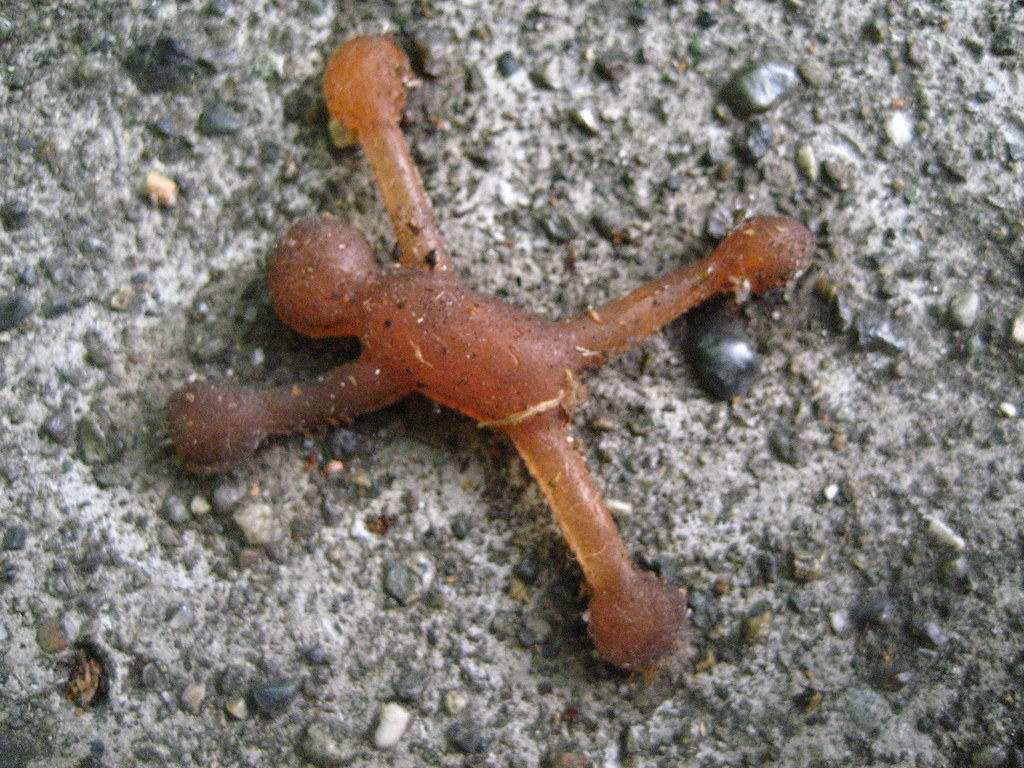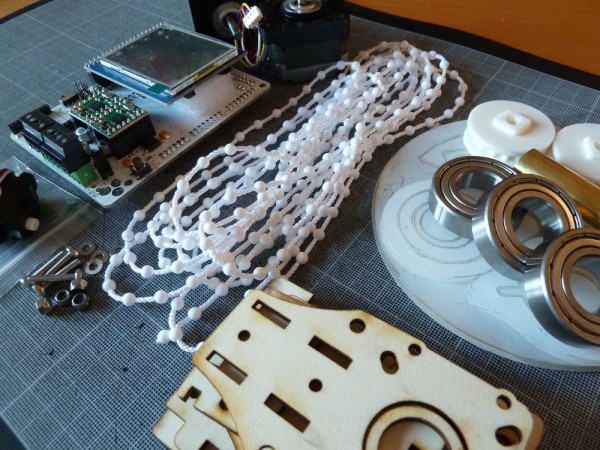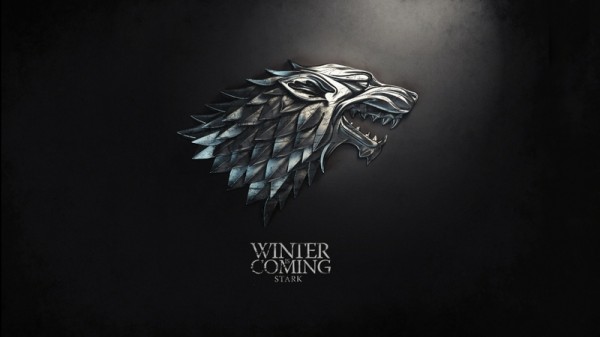
A wall crawler – on the floor
A commenter named Ellison left a deceptively simple question on my first post in this DrawBot series.
Ellison: Why do it on a wall? Why not a drawing robot that draws on a large piece of paper on the ground? I think you’ll get better results from that.
I think there are a lot of good reasons reasons – some aesthetic, some technical, some practical – for having a DrawBot that draws on walls (or other vertical surfaces).
Aesthetically, I really like having a DrawBot that draws on vertical surfaces. When placed in the room or an adjoining room, I can watch it scritch-scratching away at an enormous drawing. In much the same way a snail’s meandering trail can be captivating, a DrawBot working out a TSP single-line-art drawing turns an apparently meaningless series of turns into a mass of scrawls that resolve into a work of art as soon as you take a step back.
Technically, the DrawBot is an exceedingly simple device. You could build it out of little more than Arduino, a motorshield, two motors, string, a pen, and whatever you might have lying around. Much of these pieces you could probably even scavenge for or salvage from other things. In fact, only the Arduino and motorshield are things you wouldn’t be able to dumpster dive for. The device works by moving the two motors in concert, such that by varying the length of string reeled in or out by a given motor is used to move the pen in an XY plane. The one “ingredient” not listed in the preceding sentences is, of course, gravity. If the point where the two strings meet at the pen did not hang essentially straight down, pulled constantly by gravity, the pen could go just about anywhere. If you were to place a normally vertical standing DrawBot flat on the ground, the pen would no longer be pulled away from the two motors – and would just flop onto the drawing surface. Now, you could add two more motors and more string and build a gondola that holds the pen vertically on a flat DrawBot surface while writing a lot more code… However, I am doubtful you would get any more precision out of such a setup. And, if you really require precision – an XY plotter might be more to your liking. An XY plotter build would require lots of hardware (belts and metal rods or metal extrusions), more tools, and be big and heavy, and limited in the size of its drawing capabilities. It would also be capable of really amazing speeds. That’s a lot of extra materials, work, custom coding, and loss of drawing capacity for a dubious trade off in
As a matter of practicality, the simplicity of design and materials means this is an extremely cheap project. An Arduino is only going to set you back about $30 and clones are as cheap as $15. I picked up two of Adafruit’s motor shields on sale for $12 each, but they’re normally $20. Screws and/or bolts, beaded cord or wire or fishing line, a big piece of wood or mounting things directly to a wall, 3D printed spools or just leftover spools from thread, a 3D printed gondola or a lasercut gondola or even a big red binder clip. Seriously, if you’ve got about $35 and some free time, you’re basically half way to building an awesome fun robot that can make arbitrarily large drawings. If you’re willing to buy all the materials, it probably won’t cost you more than $150.
I’ll say it again – a Polargraph DrawBot is a quick, cheap, easy, entertaining, and useful robotics project – especially for beginners. Outside of my 3D printers, this was easily the most rewarding DIY project I’ve ever attempted. The results are astoundingly disproportionately awesome to the amount of time, energy, skill, and money used to achieve them.
Seriously, what are you waiting for?! Go order a Polargraph kit from Sandy Noble or source the parts from Adafruit . Or, if you’re going to scavenge and/or source some parts, check out my Polargraph DrawBot parts/shopping lists.
Default Series Title




